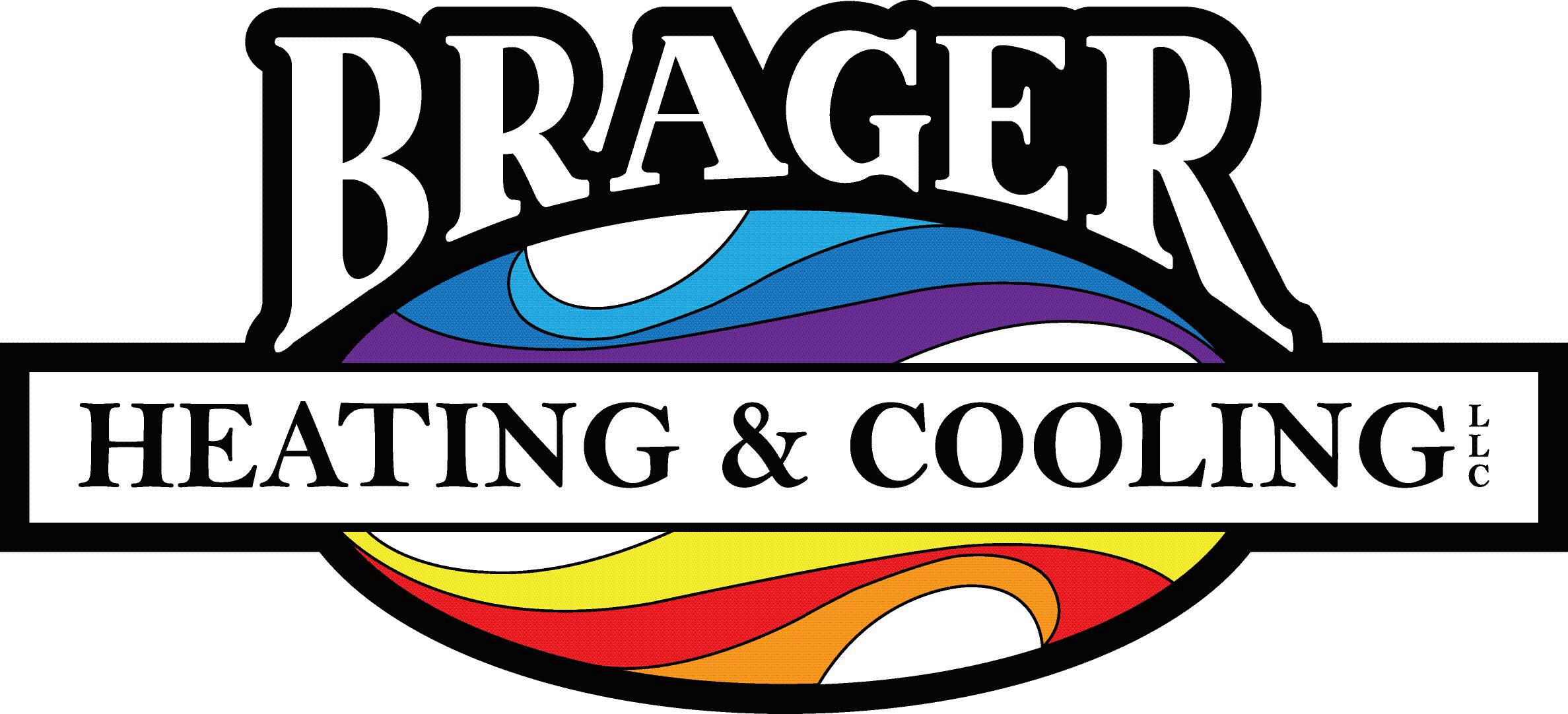
You shouldn’t need to give up comfort or empty your wallet to keep your home at a refreshing temp during the summer.
But what is the ideal temperature, exactly? We discuss ideas from energy professionals so you can select the best temperature for your loved ones.
Here’s what we suggest for the most energy-efficient setting for air conditioning in Mount Horeb.
Recommended Thermostat Settings for Summer
Most households find placing the thermostat at 72-73 degrees is ideal. However, if there’s a big difference between your inside and outdoor temps, your AC costs will be larger.
These are our suggestions based on the U.S. Department of Energy (DOE) and ENERGY STAR®.
While at home: 78 degrees. While that sounds hot, there are ways you can keep your residence pleasant without having the air conditioning on constantly.
Keeping windows and curtains down during the day keeps cold air where it should be—inside. Some window solutions, including honeycomb shades or plantation shutters, are made to provide extra insulation and enhanced energy conservation.
If you have ceiling fans in your residence, the DOE says you can raise thermostat settings about 4 degrees higher without giving up comfort. That’s due to the fact they freshen through a windchill effect. As they cool people, not rooms, turn them off when you move from a room.
If 78 degrees still appears too warm initially, try conducting an experiment for about a week. Begin by upping your temperature to 78 degrees while you’re home. Then, steadily decrease it while adhering to the suggestions above. You could be surprised at how refreshed you feel at a warmer temperature setting.
While away: 88 degrees. There’s no rationale for keeping the air conditioning on all day while your home is unoccupied. Moving the setting 7–10 degrees hotter can save you anywhere from 5–15% on your electricity bills, according to the DOE.
When you come home, don’t be tempted to switch your thermostat colder than 78 to cool your residence more rapidly. This isn’t effective and typically leads to a more expensive electricity cost.
A programmable thermostat is a helpful way to keep your temperature in check, but it requires setting programs. If you don’t use programs, you might forget to move the set temperature when you go.
If you need a convenient remedy, consider buying a smart thermostat. This thermostat links with your phone, so it is aware when you’re at home and when you’re away. Then it instinctively changes temperature settings for maximum savings. How much exactly? Usually $180 yearly on heating and cooling, according to ENERGY STAR.
Another benefit of having a smart thermostat? You can use your phone to watch and change temperature settings from nearly anywhere.
While sleeping: Around 70 degrees. While ENERGY STAR advises 82 degrees, that may be unbearable for many families. The majority of people sleep better when their bedroom is cold, so that’s why the National Sleep Foundation suggests 60–67 degrees. But that may be too cold, due to your pajama and blanket preference.
We advise using a comparable test over a week, setting your temp higher and progressively turning it down to determine the right setting for your house. On mild nights, you could discover keeping windows open at night and running a ceiling fan is a better solution than operating the air conditioner.
More Methods to Save Energy During Hot Weather
There are added approaches you can spend less money on air conditioning bills throughout warm weather.
- Buy an energy-efficient cooling system. Central air conditioners only work for about 12–15 years and get less efficient as they get older. A new air conditioner can keep your home more comfortable while keeping cooling bills low.
- Schedule regular air conditioner maintenance. Annual air conditioner maintenance keeps your system operating like it should and may help it run more efficiently. It can also help prolong its life span, since it enables professionals to pinpoint small troubles before they create a major meltdown.
- Change air filters frequently. Read manufacturer instructions for replacing your air filter. A clogged filter can result in your system short cycling, or switch on and off too often, and drive up your energy.
- Check attic insulation levels. Nearly 90% of residences in the USA don’t have enough insulation, according to the Insulation Institute. The majority of southern climates need 13–14” of attic insulation, while northern climates require 16–18”.
- Have your ductwork inspected. Ductwork that has loosened over time can let cool air into your attic, walls or crawl space. This can result in big comfort troubles in your house, including hot and cold spots.
- Seal cracks, doors and windows. Keep muggy air in its place by sealing openings. You can also caulk or weather strip doors to trap more cool air within your home.
Conserve More Energy During Warm Weather with JW Brager Heating and Cooling
If you want to save more energy during warm weather, our JW Brager Heating and Cooling professionals can assist you. Reach us at 608-523-9293 or contact us online for extra details about our energy-saving cooling options.
